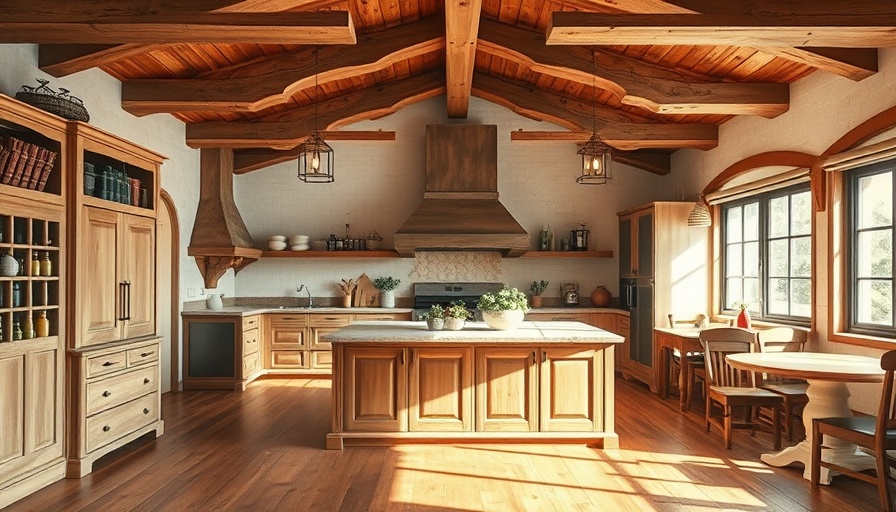
Understanding the Differences: Commercial vs. Residential Roofing
The world of roofing is vast and varied, especially when comparing commercial roofing to residential roofing. Both sectors serve the common purpose of protecting structures, but their materials, design considerations, and techniques differ significantly. Homeowners contemplating exterior upgrades must grasp these distinctions to make informed choices.
The Importance of Choosing the Right Materials
Materials play a crucial role in the roofing process. Commercial buildings often utilize materials such as TPO (Thermoplastic Polyolefin) and EPDM (Ethylene Propylene Diene Monomer) rubber because they provide durability and weather resistance, essential for large flat rooftops. In contrast, residential buildings frequently favor asphalt shingles or metal roofs due to their aesthetic appeal and versatility, appealing to homeowners' tastes.
Design and Structural Considerations
While commercial roofs have unique structural requirements to accommodate heavy equipment and larger spaces, residential roofs often prioritize aesthetics. For instance, a commercial roof might need a gradient for water drainage and additional reinforcement to handle potential foot traffic. On the other hand, residential roofs may feature gables and architectural elements that enhance curb appeal, factors that home buyers highly value.
Cost Implications: A Major Factor
Cost is often a decisive element for homeowners considering roofing options. Commercial roofing systems can be more expensive due to the complexity of installation and materials needed. However, they tend to last longer, making them a more economical choice in the long term. Residential roofing, while generally lower in up-front investment, may require more frequent repairs or replacements, impacting homeowners' budgets.
Installation and Maintenance Differences
The installation process differs significantly between commercial and residential roofs. Professionals tend to spend more time on commercial roofs, often coordinating with structural engineers to ensure compliance with specific building codes. Maintenance, too, varies; commercial roofs require regular inspections to avoid costly leaks, while residential roofs depend more on seasonal upkeep, such as clearing gutters from debris.
Future Trends in Roofing Technology
As technology advances, both roofing sectors are witnessing innovations that enhance performance and sustainability. For instance, green roofing systems that incorporate vegetation for insulation and aesthetic appeal are gaining traction in both commercial and residential markets. Furthermore, smart roofing technologies that monitor conditions and predict maintenance needs could redefine how homeowners and businesses manage their roofs into the future.
Making Informed Decisions for Upgrades
For homeowners, understanding the differences in roofing options is essential for making informed decisions, particularly when considering upgrades. Ensure you consult with industry professionals to evaluate your specific needs, budget, and aesthetic preferences. Emphasize the durability and longevity of your choices, while also considering the maintenance requirements, which will save time and money in the long run.
Ultimately, whether you’re investing in a new roof for your home or are curious about the differences in commercial approaches, knowing these key distinctions can ensure that your roofing project is a success!
 Add Row
Add Row  Add
Add 


Write A Comment